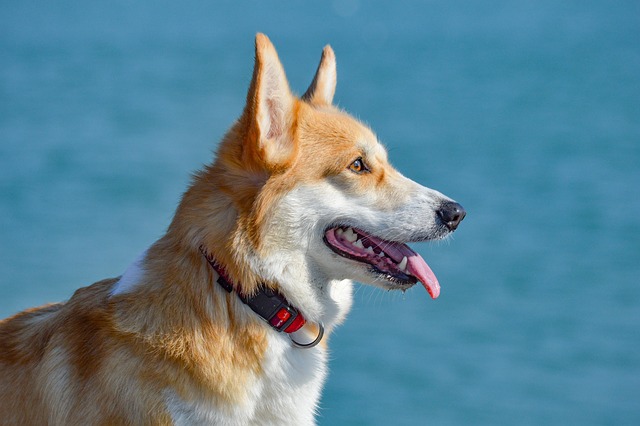
How do i train my dog to be obedient?
Watching your dog dart across the park ignoring your calls isn’t just frustrating—it can put them at risk near busy streets or public spaces.
Most puppies start showing consistent potty training progress between 4 and 6 months old, but this timeline isn’t set in stone. Smaller breeds might take a bit longer since their bladders hold less, while some larger pups catch on faster with regular routines. It’s key to stick to consistent feeding times—like giving meals at 7 AM, 12 PM, and 6 PM—and then immediately taking them outside to their designated spot. This helps their little brains connect eating with going potty in the right place, which cuts down on accidents inside.
Always remember to check local laws about pet waste disposal, too. Many neighborhoods require you to pick up after your puppy, and some even have fines if you don’t. Keeping a small bag dispenser on your leash makes this easy, and it teaches you to be responsible right from the start. If your puppy has an accident indoors, never scold them—they won’t connect the scolding to the mistake later. Instead, clean the area with an enzyme cleaner to remove the smell, so they don’t go back to the same spot.
 Consistency is the biggest factor in speeding up potty training. Take your puppy out first thing in the morning, right after naps, playtime, and meals—even if they don’t seem like they need to go. Praise them loudly and give a tiny treat when they go in the right spot; positive reinforcement works way better than punishment. Some puppies might master it in 2 weeks, while others take 2 months—every dog is different, so don’t get frustrated if progress is slow.
Consistency is the biggest factor in speeding up potty training. Take your puppy out first thing in the morning, right after naps, playtime, and meals—even if they don’t seem like they need to go. Praise them loudly and give a tiny treat when they go in the right spot; positive reinforcement works way better than punishment. Some puppies might master it in 2 weeks, while others take 2 months—every dog is different, so don’t get frustrated if progress is slow.
Older puppies or rescue dogs might take a little longer if they didn’t have consistent training before. Be patient and stick to the routine, and they’ll catch on. Also, make sure their designated potty area is always accessible. If you live in an apartment, using a puppy pad temporarily can help, but try to transition to outdoor trips as soon as possible—this aligns with most local guidelines that encourage outdoor potty habits for dogs.
If you’re struggling after a few weeks, consider reaching out to a local dog trainer who knows the area’s pet rules. They can give you personalized tips that fit your lifestyle, like how to handle potty breaks during work hours or what to do in bad weather. Remember, potty training is a learning experience for both you and your puppy, and staying calm and consistent will make it smoother for everyone.
By the time your puppy is 6 to 8 months old, they should be mostly accident-free, as long as you’ve stuck to the routine. Celebrate the small wins—like a week without any indoor messes—and keep following local laws to be a good neighbor. Potty training takes time, but the bond you build with your puppy through this process is worth every little challenge along the way.

Watching your dog dart across the park ignoring your calls isn’t just frustrating—it can put them at risk near busy streets or public spaces.

New puppy owners often find themselves rushing to clean up accidents before they set in, and that’s where puppy pad training becomes a game-changer.

If you've noticed your dog's waistline disappearing and your veterinarian has mentioned those few extra pounds, your first instinct might be to simply reduce the amount of food in their bowl.

Training a dog to use a designated spot indoors isn’t as daunting as many new owners fear, but it does take consistency and an understanding of your pet’s needs.

That moment of dread on a walk is all too familiar for many new dog owners. You see another dog approaching down the sidewalk of your neighborhood

If the sight of another dog on your neighborhood walk makes your heart sink as your own dog erupts into a frenzy of barking and lunging, you're not alone.